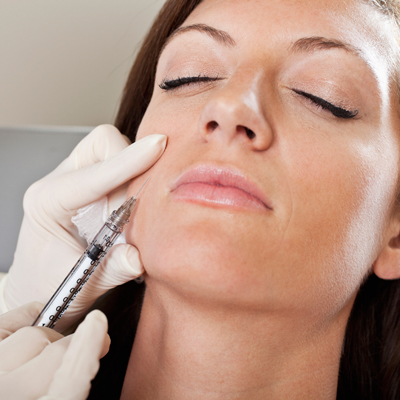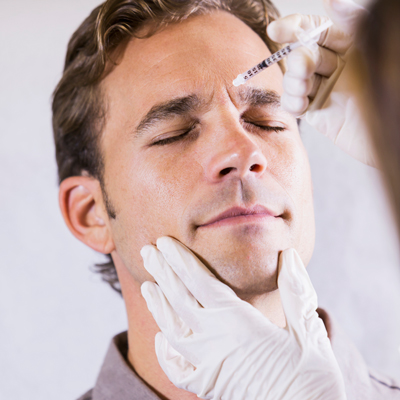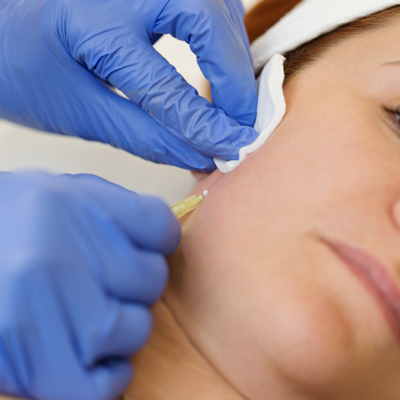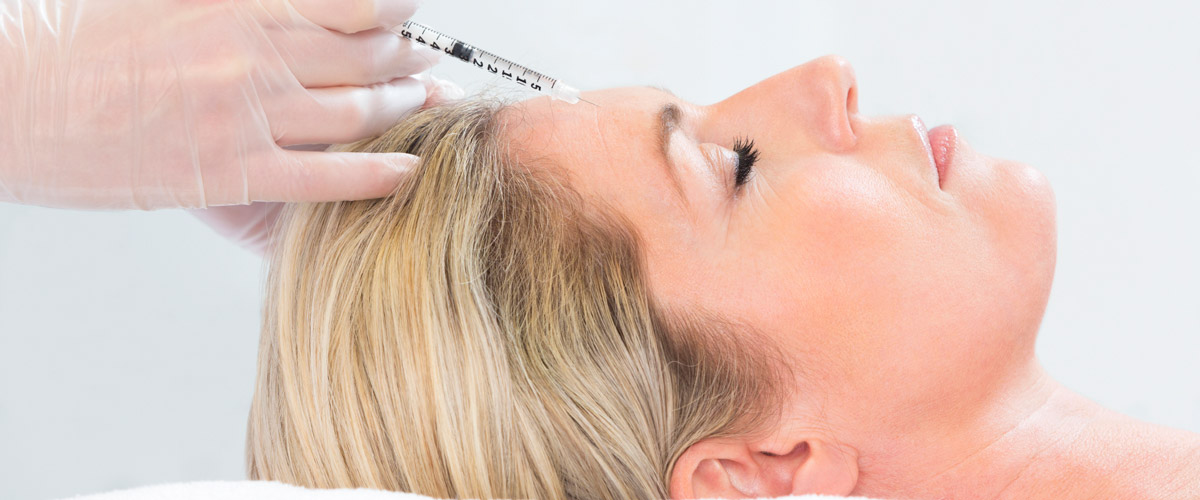I hear so many people talk about wanting fillers to reduce their signs of aging. Often they are so excited that I don’t want to rain on their parade by reminding them that some injectable procedures can leave them with life-long complications. But if you have clicked on this headline, you are obviously wanting to know, so I’m going to fill you in.
In pseudo medical terms fillers are a non-invasive treatment. One where material is injected into the skin for augmentation and/or for the correction of skin wrinkles.
 There are three main types of fillers:
There are three main types of fillers:
1. Autologous – made from your own body e.g. fat.
2. Biologic – made from organic sources from humans, animals or bacterial sources. Many of these are derived from bioengineered skin like; CosmoDerm® and CosmoPlast® (Collagen fillers). Other forms of biologic fillers include Hyaluronic Acid (HA) e.g. Restylane® .
3. Synthetic – made from silicone like polymethylmethacrylate (PMMA) – permanent filler. The effect of synthetic fillers continue permanently (At least 5 years).
Once you have chosen the filler, what could possibly go wrong?
Local reaction in the filler injection site
After treatment, you may experience bruising, swelling, redness, tenderness, and pain in the injection site. The good news is, this is temporary and usually improves after approximately 7 days. One way to prevent this is to make sure you are not on any anti-inflammatories, such as aspirin or certain dietary supplements, as this may increase your chances of bruising and swelling.
Filler placement
 Fillers, if placed in the incorrect layer of the skin, can cause lumpiness or irregularities. One 34-year-old I had spoken too, went to a highly recommended cosmetic doctor for filler placement to reduce fine lines around her nose. The doctor used Cosmoderm (Collagen), but she instantly noticed redness and lumpiness in the injection sites. The injection was performed too superficially (misplacement).
Fillers, if placed in the incorrect layer of the skin, can cause lumpiness or irregularities. One 34-year-old I had spoken too, went to a highly recommended cosmetic doctor for filler placement to reduce fine lines around her nose. The doctor used Cosmoderm (Collagen), but she instantly noticed redness and lumpiness in the injection sites. The injection was performed too superficially (misplacement).
This is not uncommon and if a filler is applied in the wrong spot, your doctor can massage the area, which can help prevent noticeable inconsistencies. The 34 year olds symptoms eventually resolved after 2 months, but this timeframe may vary from person to person.
Infection
Infections are quite uncommon. It is important for your doctor to use antiseptic prior to injecting anything into your skin. If you have a cold sore or any kind of current herpes simplex viral (HSV) face infection, the procedure should not be performed. If performed, the infection can become significantly worsen the infection at the time. Also with a history of recurrent HSV infections, anti-viral tablets should be taken to prevent an outbreak. Injections into the top lip have be shown to trigger an outbreak of oral cold sores in these types of patients.
Soon after the injection is given, hard lumps can sometimes form under the skin. This could also happen on a delay and appear after a few weeks or months. The early nodular reaction can be a result of superficial injections (misplacement). Delayed nodules generally occur due to a hypersensitivity to the product, which results in irregular nodules. There are many ways help if this occurs. An injection of an agent that breaks down the HA (hyaluronidase), can help, as can antibiotics, topical steroids, injection of steroid to the affected site, or massaging the injection area.
Allergic reaction
 A 26-year-old female was looking to add more contour to her cheeks bones. Her family doctor recommended a clinic to discuss filler options. He advised PMMA, a permanent filler lasting up to 5 years. Immediately after injection, her cheeks felt itchy, painful, hot, and looked extremely red. The pain worsened over several minutes, which she reported to her doctor. The doctor proceeded to apply topical creams such as antihistamines, and injected a steroid into the affected area. Symptoms resolved within 10 minutes. All fillers can cause an allergic reaction except for the Autologous type (from your own body). A skin test prior to the procedure can identify any reaction to the product and protect you from a reaction like that.
A 26-year-old female was looking to add more contour to her cheeks bones. Her family doctor recommended a clinic to discuss filler options. He advised PMMA, a permanent filler lasting up to 5 years. Immediately after injection, her cheeks felt itchy, painful, hot, and looked extremely red. The pain worsened over several minutes, which she reported to her doctor. The doctor proceeded to apply topical creams such as antihistamines, and injected a steroid into the affected area. Symptoms resolved within 10 minutes. All fillers can cause an allergic reaction except for the Autologous type (from your own body). A skin test prior to the procedure can identify any reaction to the product and protect you from a reaction like that.
Skin necrosis (skin death)
Skin necrosis refers to a complication that occurs when filler blocks the blood vessel directly or indirectly (localized pressure), causing the death of the skin tissue. Areas most at risk are between the eyebrows or the nose. Some of the symptoms are; continuous pain, discoloration, increasing redness, swelling and bruising around the injection site. This can continue with days, if not recorded at the time of the procedure.It is important to inform your doctor immediately if any of these symptoms occur. Your doctor’s immediate response may involve warming the area with a gauze, tapping and massaging the area, using certain topical creams.
Visual impairment
This is a rare but devastating complications, with the highest risk occurring between the eyebrows. Blurred vision may occur immediately after an injection followed by sweating, nausea, vomiting, headache and inability to move the eye. Doctor’s can treat this right away, however, there is a risk of permanent blindness.




